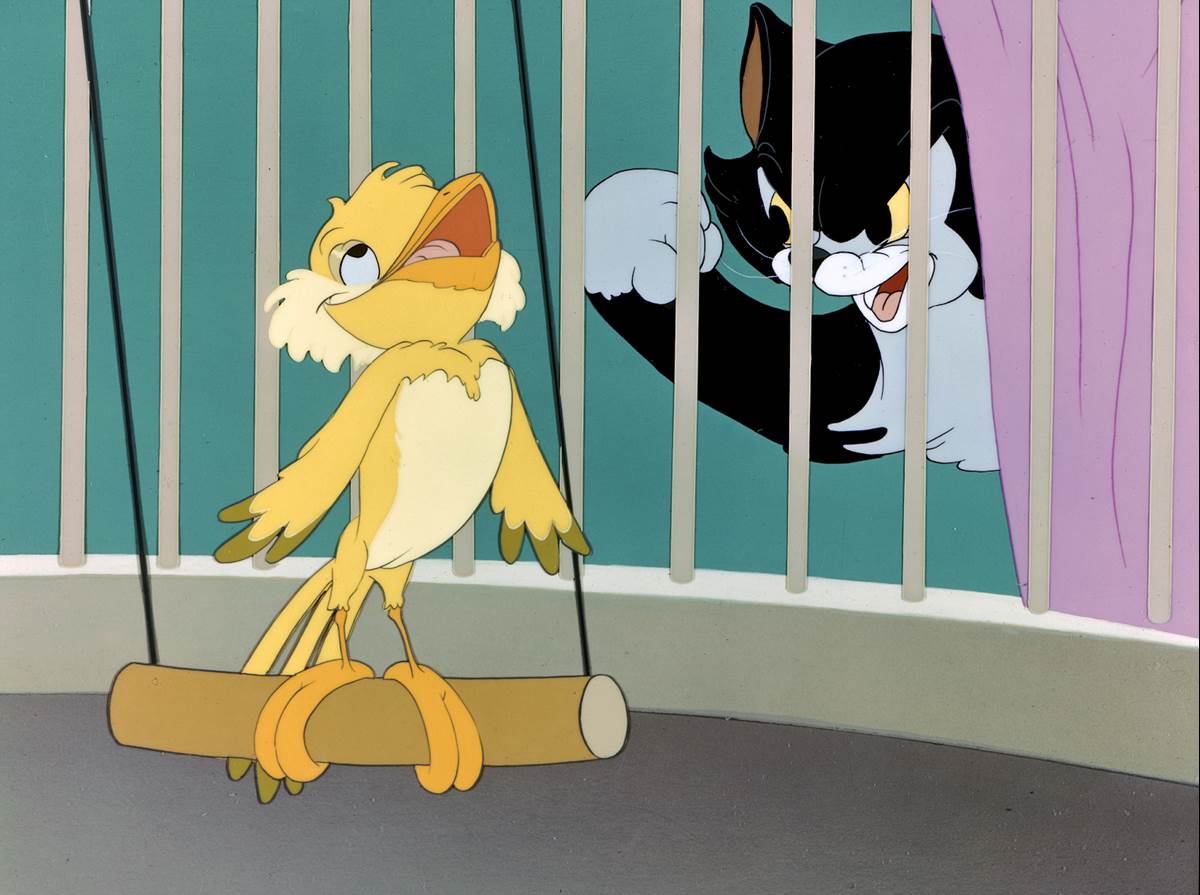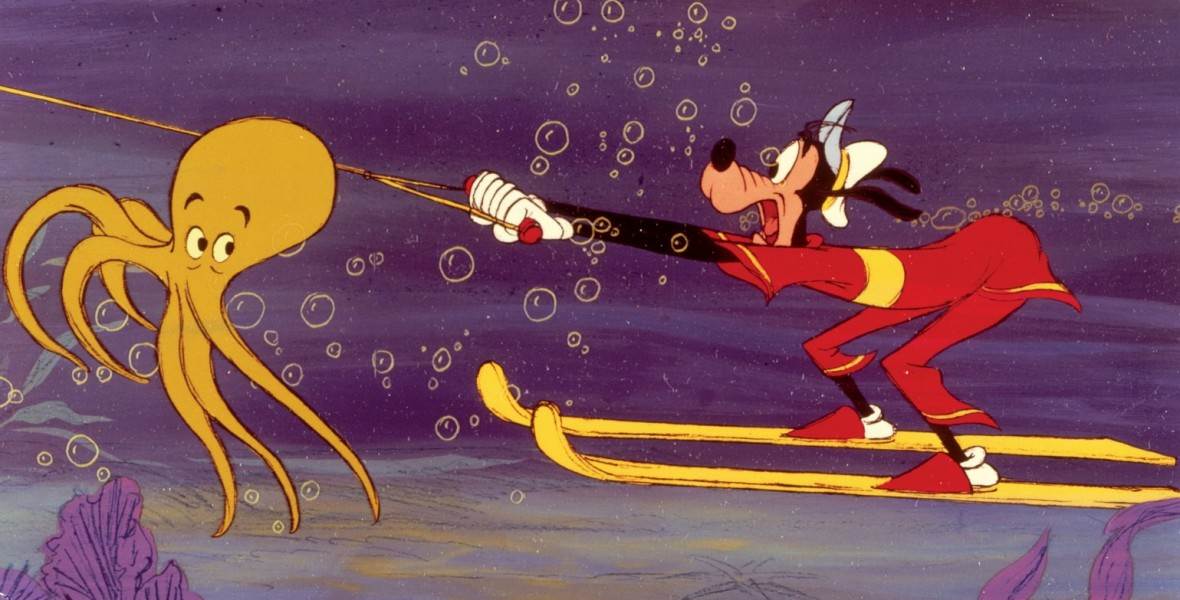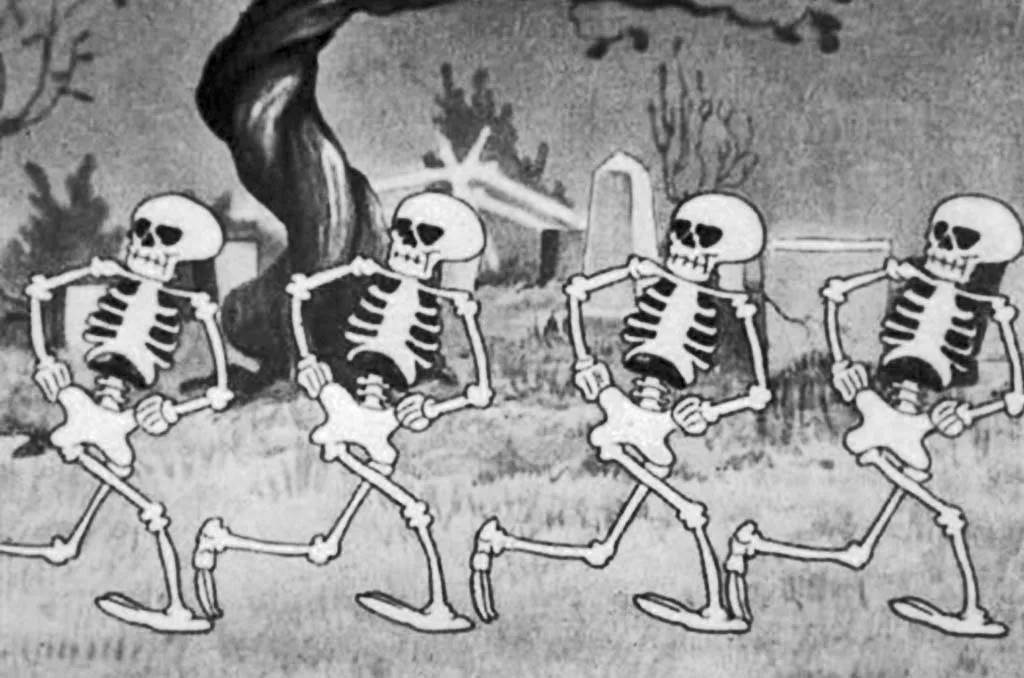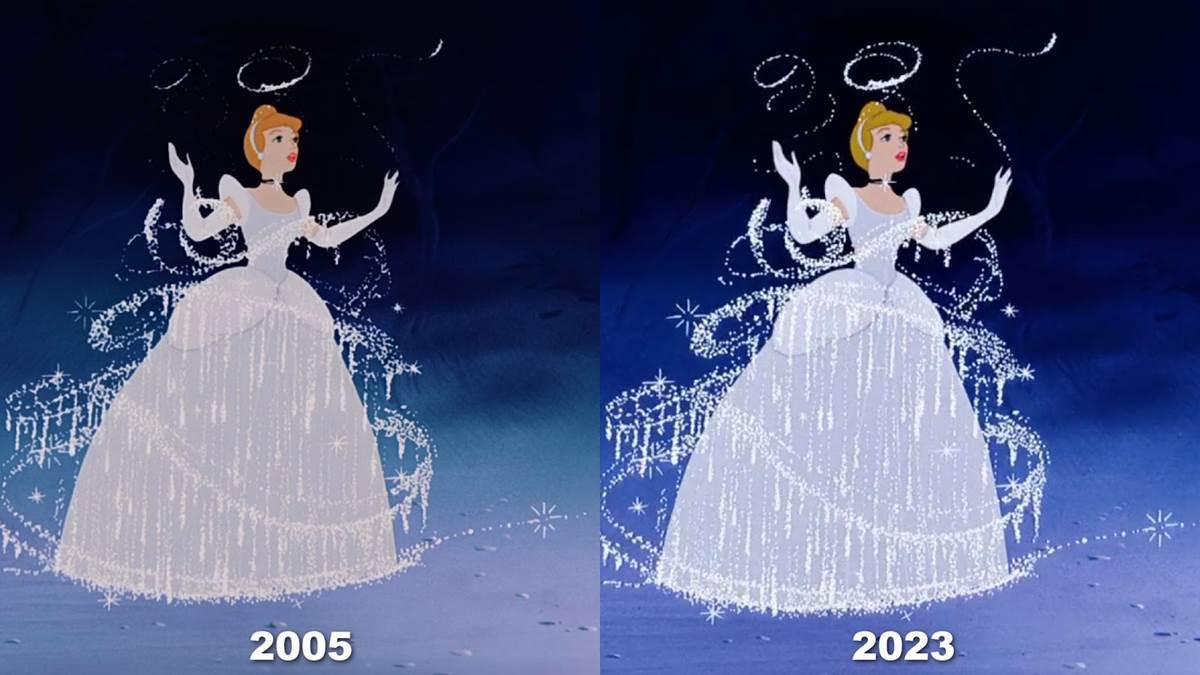Earlier today, Disney introduced the first wave of 27 newly restored Walt Disney Animation Studios shorts to Disney+. Spearheaded by the Walt Disney Studios Restoration and Preservation team, the intent of the restorations has been touted by special projects and 2D animation producer, Dorothy McKim as “making sure that the films look their very best and are authentic to creative intentions of the original filmmakers…they have never looked or sounded better.”
The shorts included in this first wave include:
- The Skeleton Dance (1929)
- Building a Building (1933)
- Bath Day (1946)
- Figaro and Frankie (1947)
- Goofy Gymnastics (1949)
- Aquamania (1961)
The restorations are simply stunning, bringing everything from the early archaic days of the artform into the 21st century. Importantly, unlike other projects that try to clean up and eliminate the visible and auditory flaws of the early days, these restorations seemingly leave each and every one of those intact. This is most notable on The Skeleton Dance and Aquamania. Aquamania is the first Goofy short that utilized the Xerox method in animation, which is widely known for its use in 101 Dalmatians. This method was already controversial in the industry as it, simply put, takes the original pencil drawing from the artists and copies it directly to the animation cel. As such, it gives the final product a sketch-y look with prominent pencil lines. With this new restoration, these pencil lines are far more prominent, and in a climactic scene with Goofy and an octopus, there are times when you can see structure lines and squigglevision-esque moments in the tentacles of the octopus. That’s not to say I hate seeing it this way, as fans and enthusiasts will surely enjoy all the craftsmanship that went into these productions. Casual viewers will likely overlook such details, or hopefully, see this and embrace the art of hand-drawn animation. But that’s a discussion for a different day.
However, using The Skeleton Dance as an example, the ushering of a century-old piece of cinema into the digital age does remove a bit of the charm. When The Skeleton Dance was released on home editions in the early 2000s, namely in Leonard Maltin’s Walt Disney Treasures series, the short was brought into the modern age but kept the celluloid look. Granted, it was shaky and grainy and at times you’d even see the cracks in the film go by. As someone who is used to seeing it that way, the crystal clear and stable title card of the newly restored version was jarring. There was a certain level of delight knowing that you were watching this vintage product of its time in a completely different technological era. The cleaning up is almost TOO good, and fans of that vintage look might return to those earlier home releases and that’s okay too.
I know Disney has also found themselves in the eyes of purists (but when aren’t they really?) who are against the idea of restoring and cleaning up their films. Recently, Cinderella has come under fire as with each new home media release over the last number of years, the film goes through another restoration to bring it up to today’s standards. In doing so, they all but muted some of the finer details in the art and animation of the film. Only recently have they released a true restoration of the original work, where the modern audiences can see the film the way the artists intended.
This new collection of shorts seems to keep that idea, enhancing for preservation instead of just converting to new formats at the cost of the original. I had a bit of company while viewing this first wave of restored shorts, and while I was pointing out all the pencil lines and paint blobs that the trained eye of enthusiasts, students, and professionals might notice, I was caught off guard with a single comment: “This is why people buy vinyl records today. It keeps that kind of sound, that vintage feel, but it’s still brand new.”
I look forward to the rest of this collection, which will be “brand new” to most Disney+ subscribers, that will culminate with Chips Ahoy, a 1956 CinemaScope short starring Donald Duck and his chipmunk rivals, that will conclude the series in October, leading up to The Walt Disney Company’s 100th anniversary on Monday, October 16. Until then, the debut calendar looks like this:
Now available:
- The Skeleton Dance (1929)
- Building a Building (1933)
- Bath Day (1946)
- Figaro and Frankie (1947)
- Goofy Gymnastics (1949)
- Aquamania (1961)
Premiering Friday, August 11:
- Barnyard Olympics (1932)
- Mickey’s Steam Roller (1934)
- Donald’s Nephews (1938)
- Goofy and Wilbur (1939)
- Donald’s Cousin Gus (1939)
- The Flying Jalopy (1943)
Premiering September 5–8:
- Trolley Troubles (1927)
- All Wet (1927)
- The Barn Dance (1929)
- Playful Pluto (1934)
- Mickey’s Kangaroo (1935)
- Merbabies (1938)
- Bone Trouble (1940)
- Pluto, Junior (1942)
Premiering Friday, October 6:
- When the Cat’s Away (1929)
- Fiddling Around (1930)
- Camping Out (1934)
- Wynken, Blynken and Nod (1938)
- Old Macdonald Duck (1941)
- Inferior Decorator (1948)
- Chips Ahoy (1956)




